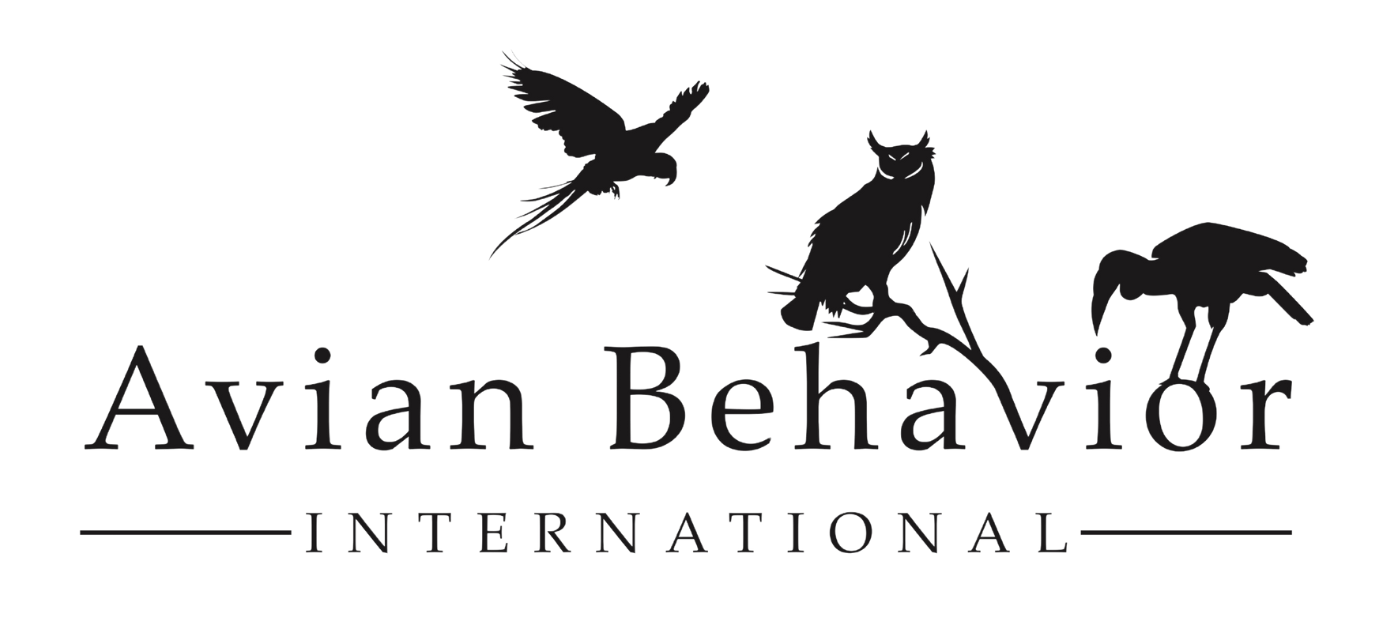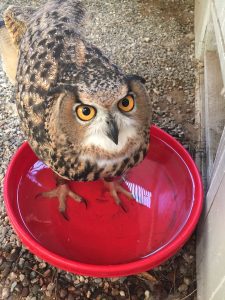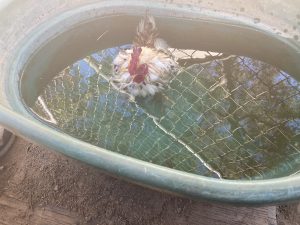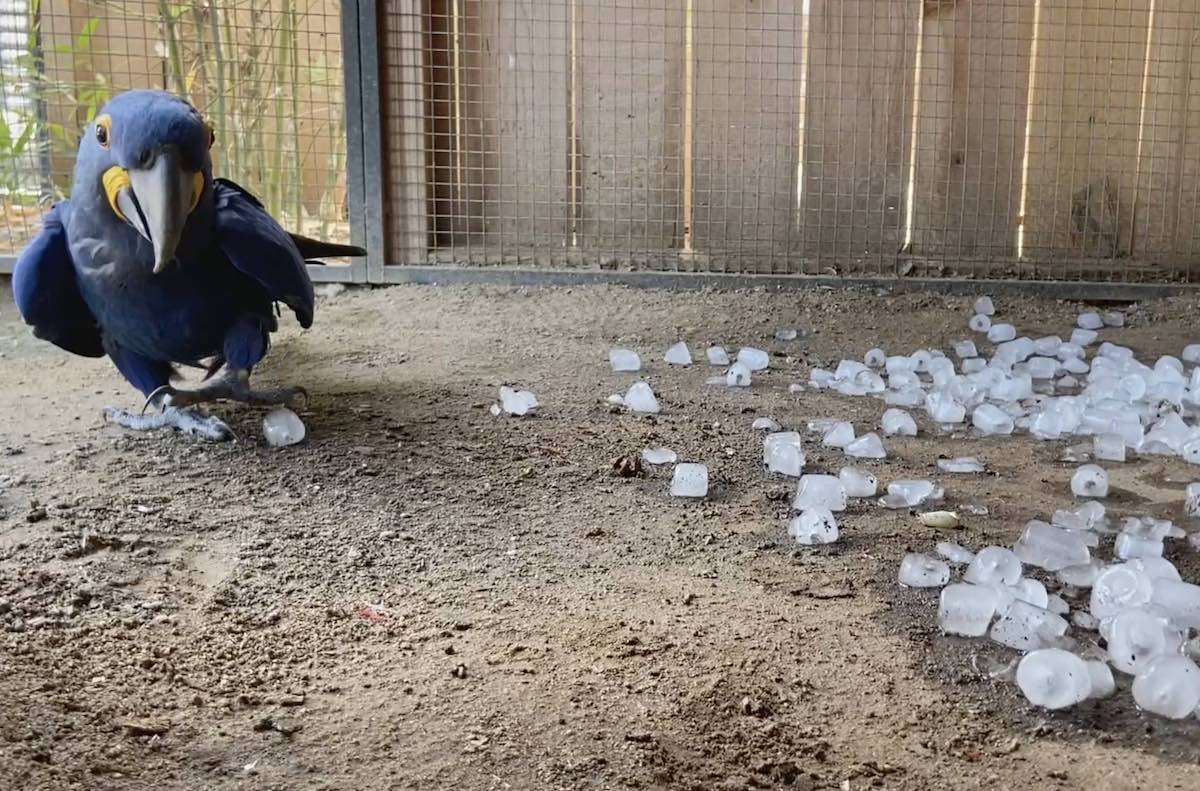
07 Sep Keeping Your Bird – and Wildlife – Safe During a Heatwave
This week inside the Avian Behavior Lab we have been chatting about heatwaves and what to do with our birds that live outdoors. While it is the beginning of September and marks the beginning of meteorological fall, those of us in Southern California not only know September to be one of our hottest months, but we also are acutely aware that temperatures can reach up into the nineties at pretty much any time of year and in any season.
But most of us across the planet have been through at least one heatwave or another in the past year or two. That not only puts stress on our bodies but the animals in our care, both directly and indirectly. At Avian Behavior International HQ, when weather events hit, we take a highly honed approach to keeping our birds safe while making sure that they are in a good position to take on weather challenges as the climate continues to change and throw us curveballs.
Many of the birds that we have on our ambassador team were brought on because they fit well into the San Diego environment. Even still, even the native wildlife struggle when temperatures break record highs. We will get to that shortly! There are several things that we can do to help.
First is that as animal people who spend a lot of time outside, we pay very close attention to the weather forecasts. I have seven weather apps on my phone alone! This helps me stay prepared for events on the horizon, and as a free flight bird trainer, it’s really important that I understand wind events and how temperature 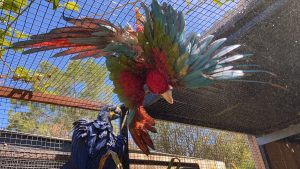 changes will impact my birds’ flights and guest experiences. While seven weather apps might be overkill, keeping an eye on the forecast so that weather events don’t catch you scrambling for quick fixes to keep your birds safe will save so much stress.
changes will impact my birds’ flights and guest experiences. While seven weather apps might be overkill, keeping an eye on the forecast so that weather events don’t catch you scrambling for quick fixes to keep your birds safe will save so much stress.
Second, give you birds’ aviaries tools for allowing the birds to figure out how to regulate. Put in mister systems, offer tubs of water, shaded areas with plenty of cover from wind, sun and rain, species appropriate heat lamps or panels, heated perches, and good drainage systems. These structural assets will allow your birds to handle peaks and valleys within a wider window of weather changes. Our parrots love bathing in those winter desert rainstorms at fifty degrees Fahrenheit when I have my heavy Carhartt on. Allowing their bodies to handle these types of regular fluctuations means that they will be much better equipped to work through some of the bigger ones that require more intense interventions. When we fret over the little changes too much, they will reflect an inability to handle smaller inflections in weather change.
That’s not to say that every parrot or bird can handle showering in the winter outdoors, it means that it is possible to work up to. This brings us to our third point, watch their behavior and body language for signs of discomfort. A bird on the ground panting, fluffed, sluggish and eyes partially or fully closed is a bird in full
distress and needs attention immediately. We can observe signs of discomfort well before they reach this level and intervene. In heat, we see panting, open wings, and possible even some little grunts that mean our birds need to cool off. In cold weather, sitting puffed up, not moving much, sitting on two feet instead of one, and closed eyes indicate that they might need some help warming up. Fluffed feathers are generally the bird’s way of warming up, so it’s important to look for other indicators for signs of stress. If the feet are warm, then the bird is doing a good job of keeping itself warm.
When it comes to cooling down our birds this time of year, we will hose down the floor of their aviaries and plants for that evaporative cooling. When it was extremely hot, such as in the triple digits, we even dumped bags of ice in the aviary at the hottest times of day and spray down the roof tops of their shaded aviaries that collect heat. We offer frozen fruit treats to our parrots and other frozen foods to some of our other non-raptorial species and we make rounds every hour at the hottest part of the day. If someone needs to be crated and moved into a room with air con, we take this decision very seriously, as it could disrupt the rest of the flock, but it may be necessary if the bird looks distressed.
While it may sound like common sense, we do avoid asking them to move around or engage in training sessions at the hottest part of the day so that they can find the coolest areas of the aviary on their own and conserve energy and regulate their temperature the best. Birds don’t sweat, but they do pant and can lose heat through their feet, so the icy treats and bath pans offered at these times can help tremendously!
All of these habits keep our birds safe. What about the native species? We will often see hummingbirds sip from our hoses as we cool off our ABI team. It’s true, we have changed a lot of the resources available to the flora and fauna that called our place home before we ever staked our claim. Recognizing how we can make things easier for htem in this changing climate makes an enormous impact on their ability to survive on not just an individual level, but a population level.
Open water troughs for our large animals are a mecca for many birds and other animals in the heat, but it can easily become a death trap for the animals that climb in and are unable to get out. Everything from toads, bees to roadrunners, owls, and all kinds of mammals here in our little country town have drowned in troughs trying to get a much needed drink. Consider added wildlife ladders that you can find online or at farm supply stores to avoid this common tragedy.
There is some debate about the pros and cons of bird baths and waterers. Much research has found that infectious diseases such as salmonella are carried in bird feeders and baths because they attract so many birds and aren’t cleaned as much as they need to be. With a win-lose scenario such as this one, it is in your best judgment how much you think you can handle as far as keeping the bath and feeders clean.
And finally, one of the big things that we see when heat waves hit during nesting season is that baby birds will
literally leap out of their nests. While we always say that re-nesting is the best case scenario, sometimes this is not possible during a heatwave. Keep your eyes out for our little leapers and ask your local wildlife rehabber what they recommend in that specific situation, as the intensity and duration will impact what they tell you. Let their expertise guide you.
Heatwaves are scary and happening around the world with frightening frequency. Thinking ahead and making preparations and small changes to habits and aviaries can impact your bird’s welfare in positive ways!
For more tips for all species of birds in our care and our devotion to the native species around us, follow the Avian Behavior Podcast and check out the Avian Behavior Lab.
